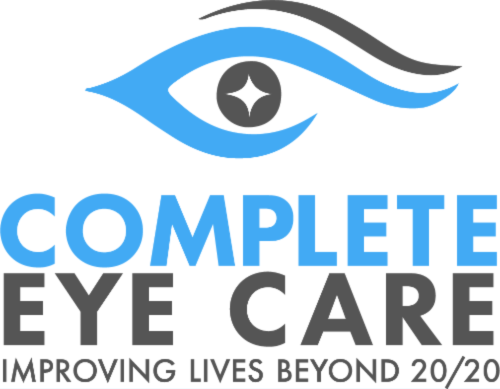 Having a drink every so often to celebrate a milestone or unwind at the end of the day can be a relaxing and rewarding experience when done responsibly. However, it’s widely known that overindulgence in alcohol can lead to many problems throughout the body, including your eyes. So, what are these effects, and how much do you have to drink to begin to experience them?
Having a drink every so often to celebrate a milestone or unwind at the end of the day can be a relaxing and rewarding experience when done responsibly. However, it’s widely known that overindulgence in alcohol can lead to many problems throughout the body, including your eyes. So, what are these effects, and how much do you have to drink to begin to experience them?
Short-Term Effects
In the short-term, overconsumption of alcohol can result in blurry or double vision. It can cut down on your peripheral vision as well, resulting in tunnel vision. Along with significantly slower reaction times caused by the suppressive effect of alcohol, this blurry tunnel vision is another reason why you should never drive while under the influence of alcohol for any reason.
Alcohol also makes it difficult for you to perceive the differences in brightness between two objects, known as contrast. This can make it harder to judge distance between objects closer to you and those that are further away in the background. Studies showed that even at blood-alcohol levels as low as 0.05%, a person’s perception of contrast is reduced by as much as 30%
Drinking alcohol regularly can also cause dry eye symptoms and involuntary twitching of the eyelid, known as myokymia. You may also experience inflammation of the eye and double vision that causes burning and itching of the eyes, migraines, and extreme light sensitivity.
Long-Term Effects of Alcohol On The Eyes
You don’t have to get regularly drunk to start to feel the effects of alcohol on your eyes. According to many health care and eye care professionals, men who drink 3 alcoholic beverages a day and women who drink 2 are already at risk for long-term effects.
In the long-term, regular consumption of alcohol can significantly increase your risk of developing cataracts as early as 40 years old, and cause blurring of vision or double vision that doesn’t go away.
If you not only drink, but also smoke excessively, you may also suffer from a painless but permanent loss of vision known as optic neuropathy. This condition significantly decreases your peripheral vision, and can cause you to lose your color vision as well.
Heavy drinking also significantly increases your risk of heart and liver problems. Though these aren’t eye diseases, the first signs of these conditions are often seen in the eyes as part of a comprehensive eye exam. Signs of heart disease include optic neuropathy, atrophy, bleeding in the retina from vascular occlusions, and even hypertensive retinopathy. Liver issues can be detected by the whites of your eyes taking on a yellowish hue, which indicates problems with the liver.
For more information about how alcohol can affect your eyes and vision, and how we can help you avoid vision loss, visit our Belmont eye clinic, or give us a call at today!
